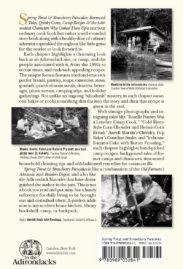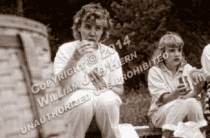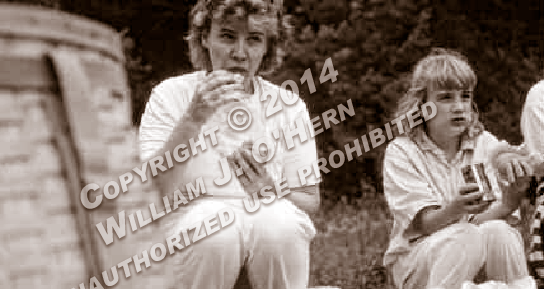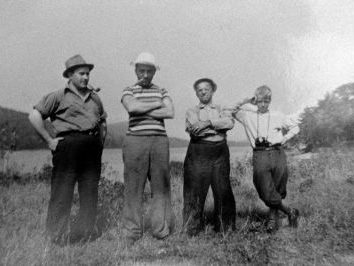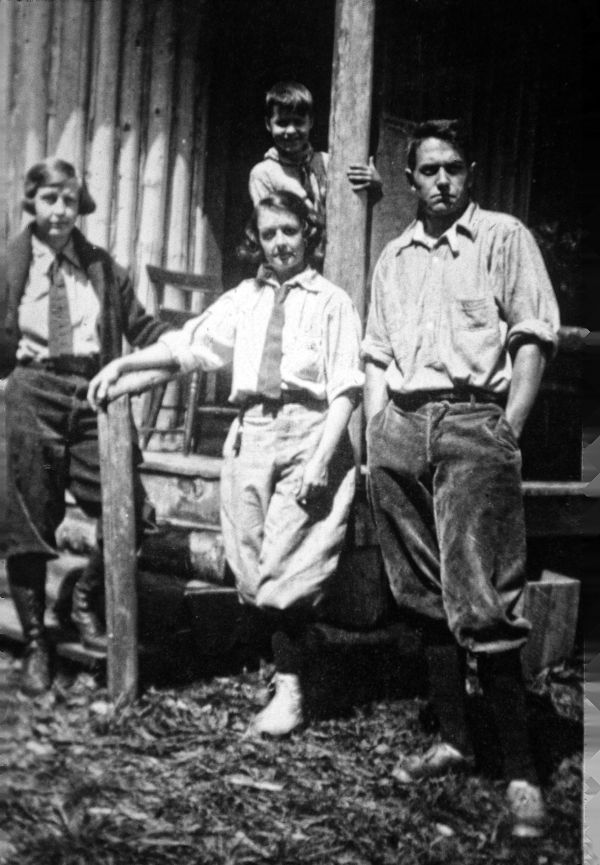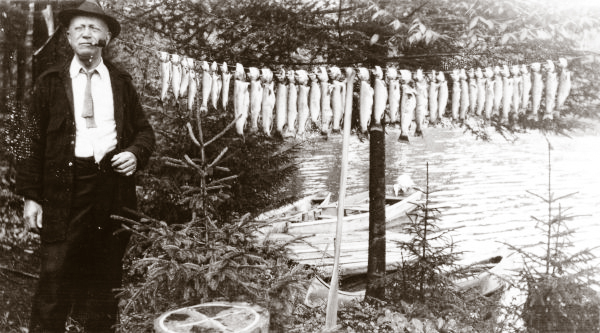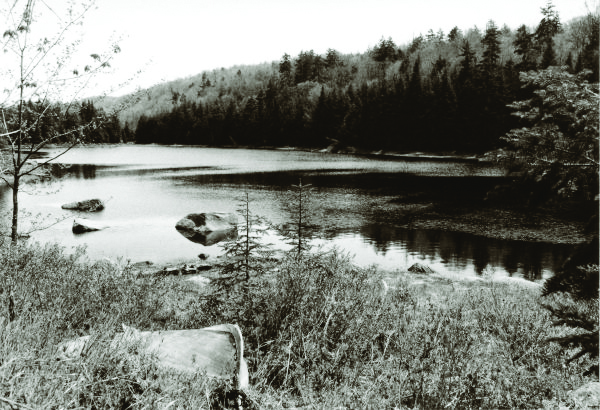Introduction: I’VE OFTEN THOUGHT that if time travel were possible, I would journey back to the old-time Adirondack camps.
Spring Trout and Strawberry Pancakes
Introduction
An excerpt from ” Spring Trout and Strawberry Pancakes “, Starting on page VIII.
I’VE OFTEN THOUGHT that if time travel were possible, I would journey back to the old-time Adirondack camps of the early 20th century. It would be enough of a thrill to meet some backwoods characters and citified sports and listen to their everyday stories and time-honored tall tales. Better yet would be to enjoy the aroma of freshly-caught trout frying in a cast iron skillet, knowing that in moments I’d be tasting that crispy camp standby—an entrée sought out and savored by countless Adirondack enthusiasts for hundreds of years.
I’ve visited many of the old camps as they are now, and kibitzed with old- timers. I’ve thumbed through camp journals and cookbooks and fingered through the pages of vintage photo albums.
Surviving records and snapshots of those who enjoyed rustic shelters and old-time cabins now rest as dreamless dust. The old log buildings sited along lakeshores and rivers and scattered throughout the woods are gone, as are roadside campsite pull-offs. But the old stories and scenes survive, frozen in time on yellowed and stained photographic paper, and one can still imagine the sound of the steel wagon wheel rim or iron horseshoe gong that once rang loud across water and traveled through the trees: “Return to camp! It’s time to eat!” and perhaps later, “Listen to a tale or two.”
Food is an innate part of every culture, and nearly everyone has a stash of Grandma’s secret recipes that appear on holidays or simply for nostalgia’s sake. Inventive problem-solving has always been part of camp culture for those who’d rather innovate than waste a half-day’s good fishing going to town. Camp recipes and inventions for everything from alleviating indigestion to warding off black flies were topics of everyday conversation in the old camps.
Many of these treasured camp recipes and remedies are just as good as ever today, and an old-time tale told by a campfire or woodstove is now perhaps better than ever because of its novelty. So just for a while, forget the latest celebrity chef, side-effect-laden pharmaceuticals, and television drama. Join me for a taste of the old days and old ways. While time travel remains only a dream, the voices of the Adirondacks’ past can still be heard by the astute reader of Spring Trout & Strawberry Pancakes: Borrowed Tails, Quirky Cures, Camp Recipes and the Adirondack Characters Who Cook Them Up.
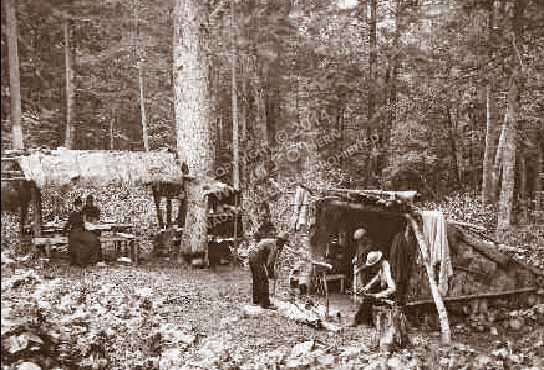
No classier woodland camp could be asked for by the ladies and men during the 1890s.
Courtesy Bill Zullo, Hamilton County Historian.


